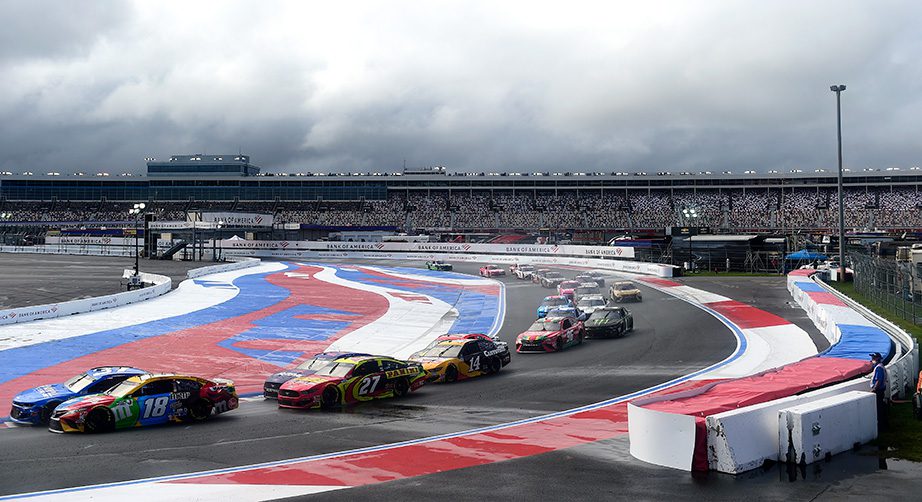
Before they were able to make it into the major leagues, many Formula One drivers spent time in go-karts. George Russell, Sebastian Vettel, and George Albon are just a few of the many such drivers. Alexander Albon as well as Robert Kubica round out the list. You can read more about the careers of these drivers in TKART Magazine. These drivers have been great successes in Formula One.
Formula 1
Formula 1 racecars are far different from the humble go-karts used in amateur racing circuits. These cars can reach speeds of up to 320 mph and require more pressure when braking. They are also much more difficult to control than regular karts. However, the karts are much more agile and don't experience the same g-forces as Formula 1 drivers. The sport is extremely intense and requires extreme physical fitness.
Many Formula 1 drivers began their careers in kart racing. Formula 1 cars cost significantly more than the karts so even the common Joe can afford to take part. This is also the most affordable way for people to experience the sport. Karting is an excellent way to learn about g-forces and the driving skills required to be a Formula 1 driver. A kart and safety gear are all you need to get started in karting.

Shifter karts
Shifter karts are similar to formula go karts, but the main difference is that they have gear shifters, as opposed to pedals. Shifter-karts have six different gears. A driver must use a lever for upshifting or downshifting the car. When shifting, one hand must be on the steering wheel and the other on the brake.
Shifter-karts come with different power outputs and sizes. There are 125-cc models which can go 80-105 mph. There are also 250-cc versions which can go 130-140 mph (204-265 km/h).
Formula Ford cars require more skill than go karts. Formula cars require greater spatial awareness, more horsepower, and require more skill than go-karts.
Sprint racing
Formula go karts sprint racing is a form of motorsport in which drivers use specialized chassis to turn fast on an asphalt track. These races are held in various locations across the United States. Some tracks extend up to one mile. Some tracks run a mile and others are shorter, at most a half-mile. Street races draw thousands.

Sprint racing has a short course similar to a small road track. Races last just a few laps. Points can be calculated on the basis of speed, lap time, and other factors. Races last between 15 and 30 minutes. Participants need to make many passes in order achieve their goal time. Sprint tracks typically measure between 400 yards and one-half miles in length. These tracks are often built by karting companies.
There are also endurance events that are longer than sprints. These endurance races are called "enduros" (American for endurance). These races require that drivers match engine revs and vehicle speed. To match engine speed with steering movements, drivers must master footwork. These races are much more difficult than traditional kart race. Several years of racing experience are required to reach championship levels.
FAQ
Are there rules about how a racecar should look?
No. No.
But they must adhere to certain safety standards.
How can race car drivers prepare for a race.
Most race car drivers spend some time warming up before a race.
This is when they run their engines over a specified time.
Once they're fully prepared, they can start the race.
What is the number of different types and styles of car racing?
There are two major categories of car racing. Open-wheel and closed wheel. IndyCar is one of the open wheel races. Closed wheel races include Formula 3000 and DTM, GP2, and others.
Statistics
- Petty has won 200 NASCAR Cup Series races, a likely unbreakable record, along with a series record seven Cup championships. (frontstretch.com)
- According to FormulaMoney, the design, development, and construction of chassis and engines can cost teams as much as $255 million annually. (businessinsider.com)
- According to AutoSport, IndyCar's top speeds are 380km/h or 236 mph. (motorbiscuit.com)
- According to thepostgame.com, “The Daytona 500 is one of four ‘restrictor plate' races on NASCAR's calendar, given both safety and competitive concerns for the long track and its famous 31-degree banking in its four corners.” (defensivedriving.com)
- According to Toyota, the 390-hp-plus 2019 Yaris WRC runs out of gearing after 124 mph, 19 mph less than the crazy Yaris GR that's currently sitting on dealer lots outside of the U.S. BONUS: (motortrend.com)
External Links
How To
How To Get Sponsors
To get sponsors, you need to build a community. You can start by developing relationships with people already involved in racing. They might be able to offer sponsorship deals. You should also attend rallies, drag races and autocrosses. These events will increase your social media presence as well as your chances of landing sponsorships.